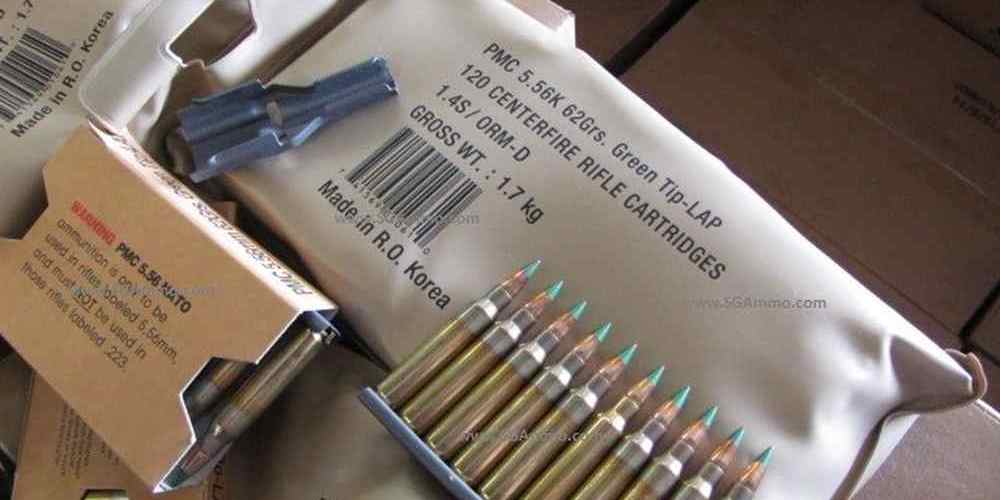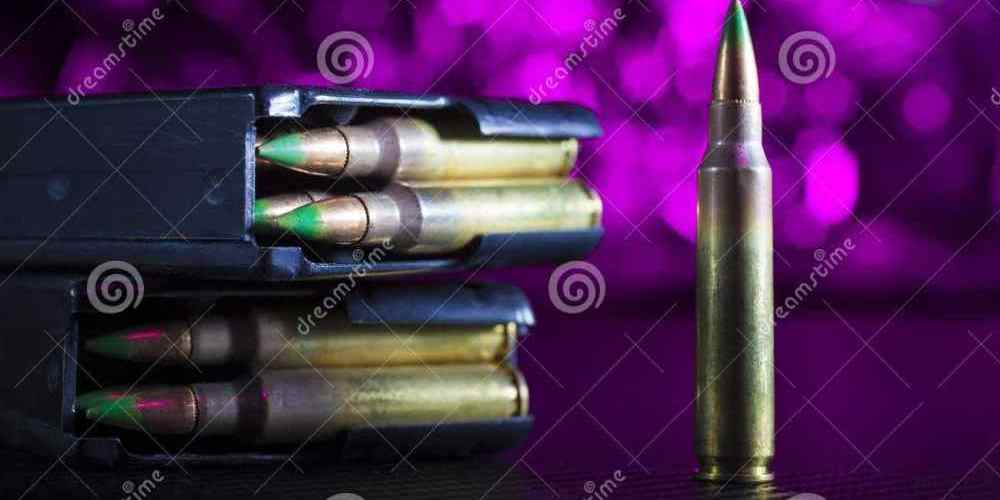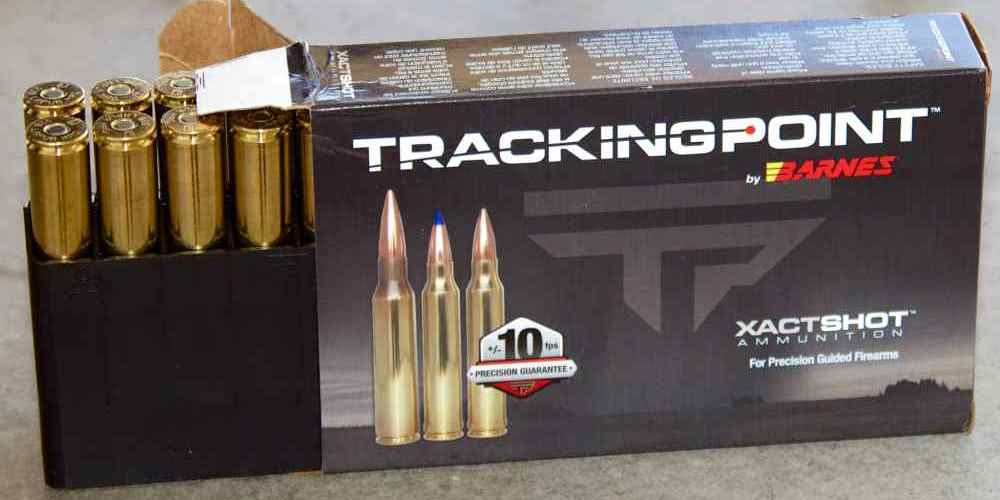“Maximize accuracy and performance with the right AR15 ammo and barrel twist rate.”
Understanding the Importance of Barrel Twist Rate for AR15 Ammo
When it comes to shooting with an AR15, understanding the importance of barrel twist rate is crucial. The barrel twist rate refers to how many inches it takes for a bullet to make one complete revolution in the barrel. This rate is typically expressed as a ratio, such as 1:7 or 1:9, with the first number representing the number of inches it takes for the bullet to complete one full rotation.
The barrel twist rate plays a significant role in determining the accuracy and stability of the bullet as it travels down the barrel. A faster twist rate, such as 1:7, means that the bullet will spin more quickly, which can stabilize longer and heavier bullets. On the other hand, a slower twist rate, like 1:9, is better suited for lighter and shorter bullets.
One of the key factors to consider when choosing the right barrel twist rate for your AR15 is the weight and length of the bullets you plan to use. Heavier and longer bullets require a faster twist rate to stabilize properly and maintain accuracy. If you try to shoot heavy bullets with a slower twist rate, you may experience keyholing, where the bullet tumbles in flight and hits the target sideways.
Conversely, if you use light bullets with a fast twist rate, you may experience over-stabilization, which can cause the bullet to veer off course. It’s essential to match the barrel twist rate with the appropriate bullet weight and length to achieve optimal performance and accuracy.
Another factor to consider when selecting the right barrel twist rate is the intended use of your AR15. If you plan to use your rifle for long-range shooting or hunting, a faster twist rate may be more suitable to stabilize heavier bullets at extended distances. On the other hand, if you’re using your AR15 for close-quarters combat or tactical applications, a slower twist rate may be more appropriate for lighter and faster bullets.
It’s also worth noting that the type of ammunition you use can impact the performance of your AR15. Different manufacturers produce bullets with varying weights and lengths, so it’s essential to test different types of ammo to see which works best with your specific barrel twist rate.
In conclusion, understanding the importance of barrel twist rate for AR15 ammo is essential for achieving optimal performance and accuracy. By matching the twist rate with the appropriate bullet weight and length, you can ensure that your shots are stable and on target. Whether you’re a competitive shooter, hunter, or tactical operator, choosing the right barrel twist rate can make a significant difference in the effectiveness of your AR15. So, take the time to research and experiment with different twist rates to find the perfect match for your shooting needs.
Comparing Different Types of AR15 Ammo for Optimal Performance
When it comes to optimizing the performance of your AR15 rifle, understanding the relationship between the type of ammo you use and the barrel twist rate is crucial. The barrel twist rate refers to the rate at which the rifling inside the barrel twists, which affects how the bullet spins as it travels down the barrel. This spinning motion stabilizes the bullet in flight, improving accuracy and overall performance.

One of the key factors to consider when selecting AR15 ammo is the weight of the bullet. Different barrel twist rates are better suited for different bullet weights. For example, a barrel with a 1:7 twist rate is ideal for heavier bullets, such as those weighing 62 grains or more. On the other hand, a barrel with a 1:9 twist rate is better suited for lighter bullets, typically weighing around 55 grains.
Another important consideration when choosing AR15 ammo is the type of bullet construction. There are several different types of bullets available, including full metal jacket (FMJ), hollow point, and soft point. Each type of bullet has its own unique characteristics that can affect performance. For example, FMJ bullets are typically used for target shooting and training, while hollow point bullets are designed for self-defense and hunting.
In addition to bullet weight and construction, it’s also important to consider the velocity of the ammo you’re using. The velocity of a bullet refers to the speed at which it travels down the barrel. Higher velocity rounds tend to have a flatter trajectory and better long-range performance. However, higher velocity rounds can also cause increased wear and tear on your rifle.
When selecting AR15 ammo, it’s important to consider the intended use of your rifle. If you’re using your rifle for target shooting or competition, you may want to opt for higher quality, match-grade ammo. Match-grade ammo is specifically designed for accuracy and consistency, making it ideal for precision shooting.
On the other hand, if you’re using your rifle for hunting or self-defense, you may want to choose ammo that is designed for expansion upon impact. Hollow point bullets are designed to expand upon impact, creating a larger wound channel and increasing stopping power. Soft point bullets are another good option for hunting, as they offer controlled expansion and deep penetration.
In conclusion, when it comes to optimizing the performance of your AR15 rifle, selecting the right ammo is key. Consider factors such as bullet weight, construction, velocity, and intended use when choosing ammo for your rifle. By understanding the relationship between AR15 ammo and barrel twist rate, you can ensure that your rifle performs at its best in any situation.
Exploring the Impact of Barrel Length on AR15 Ammo Velocity
When it comes to shooting an AR15, there are many factors to consider in order to achieve optimal performance. One important aspect to take into account is the barrel twist rate, which can have a significant impact on the velocity and accuracy of the ammunition you use. In this article, we will explore the relationship between AR15 ammo and barrel twist rate, and why it is important to understand how these factors work together.
The barrel twist rate refers to the rate at which the rifling inside the barrel twists. This twisting motion imparts spin to the bullet as it travels down the barrel, stabilizing it in flight and improving accuracy. The most common twist rates for AR15 barrels are 1:7, 1:8, and 1:9, with the first number representing the number of inches it takes for the rifling to make one complete revolution.
The twist rate of your barrel can have a significant impact on the performance of your ammunition. Different types of bullets perform best with specific twist rates, so it is important to match your barrel twist rate with the type of ammo you plan to use. For example, heavier bullets generally require a faster twist rate to stabilize properly, while lighter bullets may perform better with a slower twist rate.
In addition to the type of bullet you are using, the length of your barrel can also affect the velocity and accuracy of your ammunition. In general, longer barrels tend to produce higher velocities, as the longer distance allows for more complete combustion of the gunpowder. However, longer barrels can also increase the weight and overall size of your firearm, which may not be ideal for all shooting situations.
On the other hand, shorter barrels are more compact and lightweight, making them easier to maneuver in tight spaces. However, shorter barrels may sacrifice some velocity and accuracy compared to longer barrels. It is important to find a balance between barrel length and twist rate that suits your shooting needs and preferences.
When selecting ammunition for your AR15, it is crucial to consider both the twist rate of your barrel and the length of your barrel. Matching the right type of ammo with the appropriate twist rate can help you achieve optimal performance and accuracy. Experimenting with different types of ammunition and barrel configurations can help you find the perfect combination for your shooting style.
In conclusion, the relationship between AR15 ammo and barrel twist rate is an important factor to consider when optimizing the performance of your firearm. By understanding how these factors work together, you can make informed decisions about the type of ammunition and barrel length that will best suit your shooting needs. Whether you prefer long-range precision shooting or close-quarters combat, finding the right balance between twist rate and barrel length can help you achieve the best results on the range.
Tips for Selecting the Right AR15 Ammo for Long Range Shooting
When it comes to long-range shooting with an AR15, selecting the right ammo is crucial. One important factor to consider is the barrel twist rate of your rifle. The barrel twist rate refers to how many inches it takes for the rifling in the barrel to make one complete revolution. This can have a significant impact on the performance of your ammunition.
A common misconception is that a faster twist rate is always better for long-range shooting. While a faster twist rate can stabilize heavier bullets better, it may not be necessary for all types of ammunition. In fact, using a twist rate that is too fast for your ammo can actually decrease accuracy and velocity.
To determine the best twist rate for your AR15, you should consider the weight and length of the bullets you plan to use. Heavier bullets generally require a faster twist rate to stabilize properly. For example, a 1:7 twist rate is ideal for bullets weighing 77 grains or heavier, while a 1:9 twist rate is better suited for lighter bullets around 55 grains.
It’s also important to consider the intended distance of your shots. If you are shooting at longer ranges, a faster twist rate may be necessary to maintain accuracy. However, if you are shooting at shorter distances, a slower twist rate may be more appropriate.
Another factor to consider when selecting AR15 ammo is the type of rifling in your barrel. There are two main types of rifling: traditional rifling and polygonal rifling. Traditional rifling consists of grooves and lands that spiral down the barrel, while polygonal rifling has a smooth bore with rounded edges.
Traditional rifling is more common and works well with a wide range of ammunition. However, polygonal rifling can provide better accuracy and velocity with certain types of bullets. It’s important to match the type of rifling in your barrel with the type of ammo you plan to use for optimal performance.
In addition to twist rate and rifling type, you should also consider the quality of the ammo you are using. Higher-quality ammunition is more consistent in terms of weight, shape, and powder charge, which can lead to better accuracy and performance. It’s worth investing in premium ammo if you are serious about long-range shooting with your AR15.
When selecting AR15 ammo for long-range shooting, it’s important to consider the twist rate, rifling type, bullet weight, and intended distance of your shots. By taking these factors into account, you can ensure that you are using the right ammo for your rifle and maximize your accuracy and performance. Remember to test different types of ammo to find the best match for your AR15 and enjoy hitting your targets with precision and confidence.
How to Properly Maintain and Clean Your AR15 Barrel for Consistent Accuracy
When it comes to owning an AR15, proper maintenance and cleaning of the barrel are essential for consistent accuracy. The barrel twist rate of your AR15 plays a crucial role in determining the type of ammunition that will work best with your rifle. Understanding how these factors work together can help you maximize the performance of your firearm.
The barrel twist rate refers to the rate at which the rifling inside the barrel twists. This twisting motion imparts spin to the bullet as it travels down the barrel, stabilizing it in flight and improving accuracy. The most common twist rates for AR15 barrels are 1:7, 1:8, and 1:9. The first number represents the number of inches it takes for the rifling to make one complete revolution, while the second number indicates the direction of the twist (clockwise or counterclockwise).
The twist rate of your barrel will determine the optimal weight and length of the bullets that will perform best in your rifle. For example, a barrel with a 1:7 twist rate is best suited for heavier, longer bullets, while a barrel with a 1:9 twist rate is better suited for lighter, shorter bullets. Using the wrong type of ammunition for your barrel twist rate can result in decreased accuracy and performance.
To properly maintain and clean your AR15 barrel, you will need a few essential tools: a cleaning rod, bore brush, patches, solvent, and lubricant. Start by removing the upper receiver from the lower receiver and separating the two. Next, remove the bolt carrier group and charging handle from the upper receiver to access the barrel.
Attach the bore brush to the cleaning rod and run it through the barrel several times to loosen any fouling or debris. Follow up with a few patches soaked in solvent to remove any remaining residue. Once the barrel is clean, run a dry patch through to ensure it is free of any excess solvent.
After cleaning, it is important to lubricate the barrel to prevent corrosion and ensure smooth operation. Apply a small amount of lubricant to a patch and run it through the barrel to coat the inside evenly. Be sure to wipe off any excess lubricant to prevent buildup.
Regularly inspecting your barrel for signs of wear or damage is also important for maintaining accuracy. Look for signs of pitting, erosion, or bulging, as these can affect the performance of your rifle. If you notice any of these issues, it may be time to replace your barrel to ensure consistent accuracy.
In conclusion, understanding the relationship between your AR15 barrel twist rate and ammunition is crucial for maximizing the performance of your rifle. Proper maintenance and cleaning of your barrel are essential for consistent accuracy and longevity. By following these tips and techniques, you can ensure that your AR15 remains a reliable and accurate firearm for years to come.






